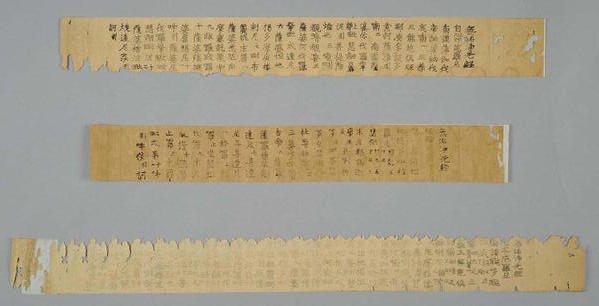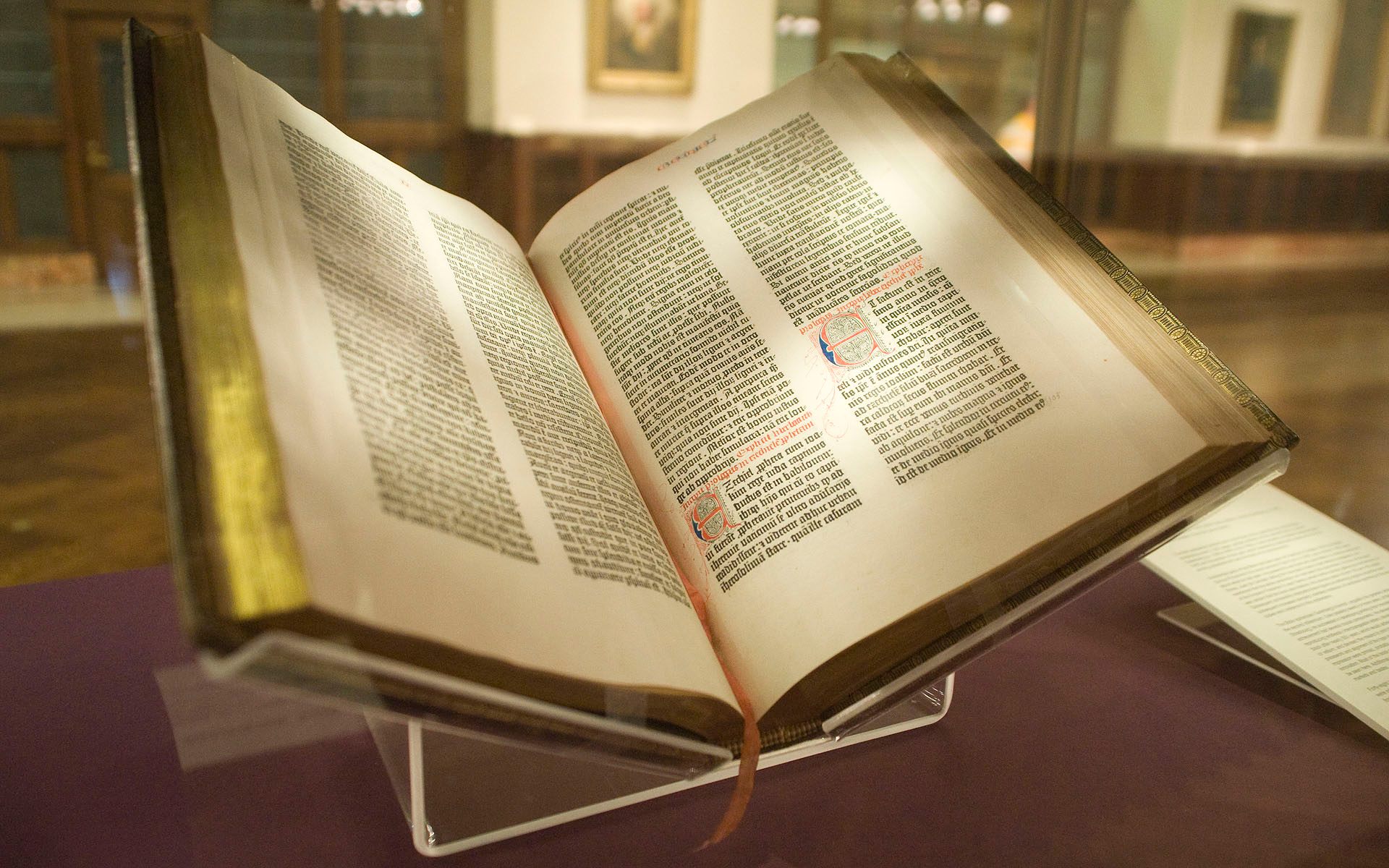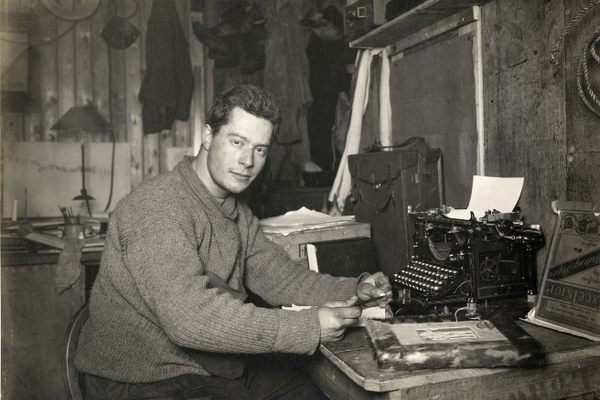This Japanese Scroll Was Re-Printed a Million Times—700 Years Before Gutenberg
The eighth-century documents were stored in tiny pagodas.

Empress Shōtoku occupied the Japanese throne twice. She ruled first from 749 to 758 C.E. as Empress Kōken, abdicating because she fell into a depression. In 761, following her mother’s death, a Buddhist monk named Dōkyō was brought in to help her. The two grew close, and Shōtoku soon promoted him to high levels of government far out of step with his nominal political experience. Her cousin Fujiwara no Nakamaro questioned her judgment, and a battle ensued that ended in the cousin’s death and Shōtoku’s renewed claim to the throne.
With Dōkyō at her side, she ruled as Empress Shōtoku from 764 to 770. But there was a problem. In killing her cousin, Shōtoku had committed parricide—a significant sin. It was almost certainly Dōkyō who suggested the way to absolve her: the copying of a dhāranī, a Buddhist ritual speech, the act of which was believed to provide spiritual benefits.

So Empress Shōtoku did something that would reverberate throughout world history: she ordered the printing of one million dhāranī texts. Once copied, these texts would be sent to the 10 largest Buddhist temples in Japan.
The one million figure was, in the words of John Bidwell, Astor Curator of Printed Books and Bindings at the Morgan Library & Museum, “a notional number” meant to exemplify Shōtoku’s power. But to some observers, the mere concept might seem impossible: this was nearly 700 years before Johannes Gutenberg printed his famous Gutenberg Bibles, a book that many incorrectly attribute to the beginning of mass printing.
In fact, printing has existed since at least the early 700s. The Hyakumantō dhāranī—as Shōtoku’s scrolls came to be known—were printed using a woodblock technique in which the texts were carved into slabs of wood. Then ink was applied, and the wood was pressed into paper. The technique was most likely pioneered in China and then migrated into Japan.
Though there are printings dated before the Hyakumantō dhāranī, these other samples, according to Bidwell, “don’t survive the way the thousands of these [Hyakumantō dhāranī scrolls] have survived.”

In the case of the Hyakumantō dāranī, an expert craftsman likely cut the woodblock. Then the rote work of filling the woodblock with ink and copying it onto paper an astronomical number of times probably fell to Buddhist monks, as printing was still too new and too rare for “printer” to be a paid profession.
Each scroll was inserted into a mini wooden pagoda, which measured roughly 13.6 centimeters (5.4 inches) in height and had an inner cavity. Once the scroll was inserted, a “seven-tiered spire” was placed on top. Together, the pagoda and the dhāranī text inside could be sent to the Japanese Buddhist temples.
When Gutenberg printed his Bibles, he did not, like Shōtoku, use woodblock printing. His preferred technique was movable type, in which documents were printed using a series of single-symbol pieces. Yet even this predates him: wooden movable type existed in China in the 11th century, while Korea has used a metal movable type similar to Gutenberg’s since the 13th century.
Gutenberg’s genius was different. Though he did not invent the metal movable type, he did commercialize it for a Western audience. Because Gutenberg used a Latin-based alphabet, which has very few characters (letters), movable type was uniquely suited for success. Instead of individually copying whole sums of writing for woodblock printing, or logging thousands of characters for movable type, Gutenberg’s system used Latin letters to easily form infinite combinations.

Whether Gutenberg heard of the idea from East Asia or created a system that had already been invented is unclear. According to Eva Hanebutt-Benz of the Gutenberg Museum, “the question if there was a direct influence from [East Asia] on the invention of printing with movable type in Germany around 1440 cannot be solved so far in the context of the scholarly research.”
Two of the Hyakumantō dhāranī scrolls and their mini pagodas now reside in the Morgan Library and Museum. Appropriately, the Morgan also displays three of Gutenberg’s original Bibles.















Follow us on Twitter to get the latest on the world's hidden wonders.
Like us on Facebook to get the latest on the world's hidden wonders.
Follow us on Twitter Like us on Facebook